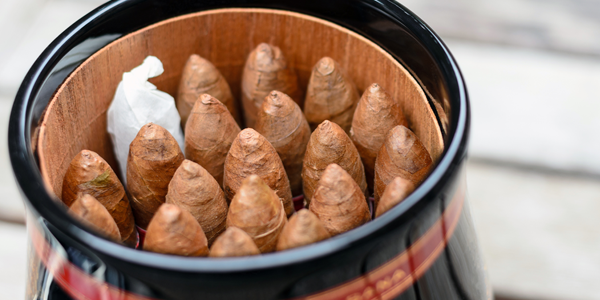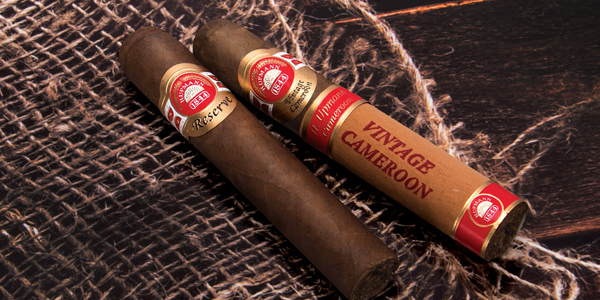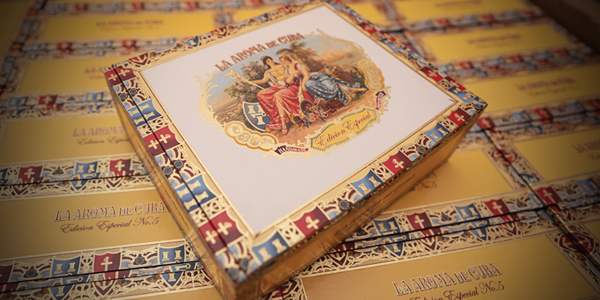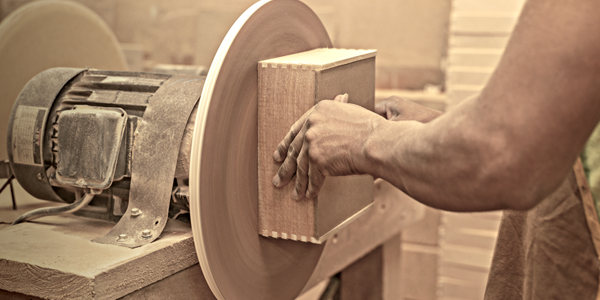History of the Amatista Jar
Before they made cigars, the brothers who formed H. Upmann were bankers who gave out cigars as gifts to advertise their bank. They were innovative and created what is thought to be the first cigar box. In 1844, the Upmanns went into the cigar business.
Jarring History
By 1900, the Upmann cigar company developed a new method of packaging some of its cigars. They put 25 or 50 of them in a heavy glass jar. The cigar was called the Amatista (Amethyst), a lightly box-pressed, longish Petit Corona, at 40 x 5.7 inches. The jar itself was lined with Spanish cedar and its contents promoted as “factory fresh.” The lid had three large metal clips to secure it tightly.
The Amatistas reportedly had a very smooth wrapper the color of a brown paper bag. The flavor profile was that of “caramel, buttered toast, almonds and earth,” according to a longtime smoker.
The Upmann Amatista jars were very popular in the 1950s and 1960s, but were completely discontinued by 2002. Upmann now offers a jar of 25 Noellas, a 42 x 5.3 Corona in a glass jar quite similar to the original Amatista jar. Only 5,000 jars are produced in years that Habanos, S.A., the state-run Cuban cigar entity, makes them. The jars run around US$300-350.
Some other Cuban brands have packaged some special edition cigars in ceramic jars. They include Montecristo, Cohiba, and San Cristobal.
More Than an Ornament
Today, cigar jars are made of ceramic, glass, or porcelain. They contain the original premium, handmade cigars, but are not particularly useful after the jars have been opened as they generally have no humidification in them. There are exceptions. Some cigar makers have equipped their jars with humidification devices attached to the lids of the jars. You’ll also see a lot of machine-made cigars offered in plastic “jars.”
DIY
Should you happen to have a cigar jar, you can outfit it with humidification simply by throwing in a couple of Boveda packets and closing the lid. You could also mount your own humidification device under the jar’s lid. You’d use distilled water in a device filled with either silica gel or a super-absorbent polymer. Either can absorb and deliver humidity.







